You Can Make a Difference
Today, September 1, 2022, marks the 14th anniversary of National Suicide Prevention Awareness Month. According to The National Child Traumatic Stress Network (NCTSN) it was created to acknowledge those affected by suicide, raise awareness, and connect individuals with suicidal ideation to treatment services.
There were nearly 46,000 deaths by suicide in 2020, making it the 12th-leading cause of death in the United States (America’s Health Ranking) and continues to rise creating an even greater need for awareness and support.
What makes suicide unique is the person who dies by suicide made a decision, a conscious decision to self-harm resulting in their death. That one decision leaves the survivors with a litany of unanswered questions. So many times, the biggest question is why?
- Why did their loved one commit suicide?
- Why didn’t I see the signs and symptoms?
- Why didn’t my love one talk to me?
The best answer I found after my son died is that our loved ones were in pain – pain that was so horrific they could no longer endure it. They had no hope of it going away. Possibly they were in circumstances they could not escape, drowning in debt, loss of a job or failed relationship. Maybe they struggled with mental illness or excruciating physical pain. Regardless of the type of pain, it had to end and end NOW.
When our loved one decided to end their life, they were not thinking about us nor the pain that would follow for those left behind. Most likely they weren’t thinking about the children left to grow up without their dad, a sister and best friend who would miss him horribly or the mother who would grieve for their child.
I am a mother who grieves for her son. I started my suicide loss journey in 2018. My sons one decision changed the trajectory of my life. I had a decision to make. I could wallow in my grief or turn my pain into purpose. I chose the second path. I am now an advocate, speaker, and author for suicide awareness and prevention. Prior to my son’s suicide, this would not have been on my radar to be part of this cause. But I am here now.
Suicide awareness helps those who have experienced the death of a loved one to suicide. You do not need to walk this loss journey alone. I highly suggest that you seek help, get involved with others who are going through the same thing, work with a grief coach, and read books on recovery from suicide.
Suicide awareness is about helping those who see suicide as the solution to their pain. The recently launched 988 Suicide & Crisis Lifeline was put into place to allow for easy access to a national network of more than 200 crisis centers. The American Foundation for Suicide Prevention offers training to help recognize risk factors and warning signs.
I recently learned a new term, “Chronic Suicidal Ideation”. As it was explained to me, it is when a person encounters decisions to be made, they have choice A, choice B or suicide. Suicide is always on the table as an option. This typically occurs with someone who does not feel loved, is hopeless or is in pain. (2020 Utah Zero Suicide Summit).
Suicide has been called a serious public health problem by the World Health Organization. Together, we can stop this trend.
Please join me in recognizing National Suicide Prevention Awareness Month September 1- 30, National Suicide Prevention Week September 4-10, and National Suicide Prevention Day September 10, 2022. Help shed light on a topic that has so long been silenced. Send a clear, hopeful message that there is help and suicide can be prevented. There are numerous ways to get involved. Participate in a Walk for Life event in honor of someone you know, bring suicide prevention to your school, host a fundraiser, or volunteer.
Thank you.
In honor of my son, Connor Bray Green, and others who chose suicide over a life of pain and suffering.




